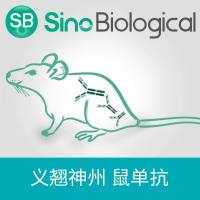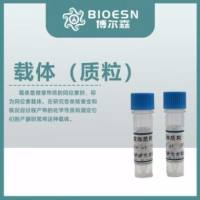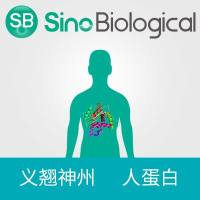Cell Recovery from DM1 Transgenic Mouse Tissue to Study (CTG)
互联网
616
Myotonic dystrophy type 1 results from an unstable expanded CTG repeat ((CTG) n ) in the 3′ UTR of the DMPK gene. Transgenic mouse models have been developed to reproduce the (CTG) n instability seen in DM1 patients. These transgenic mice provide an excellent tool to study the disease mechanism as well as the molecular mechanisms underlying trinucleotide repeat instability. The propensity for somatic instability differs per tissue and cell type. Expansion of the (CTG) n over time in certain tissues is thought to underlie progression of the clinical picture. It is therefore crucial to understand what causes the (CTG) n to expand in certain cells and not in others, as well as to see possibly distinct downstream cellular effects of different (CTG) n lengths in different cell populations. We describe here an updated method to determine the genotype (homozygous, hemizygous, or non-transgenic) of the transgene, as well as length of the very long (CTG) n tracts now commonly obtained in our mouse model. Furthermore, in order to facilitate research into cell populations that show different degrees of instability, we present here a fast technique to recover cells from mouse tissues, which can serve as a basis for multiple downstream applications, including cell culture and biochemical or molecular studies.









